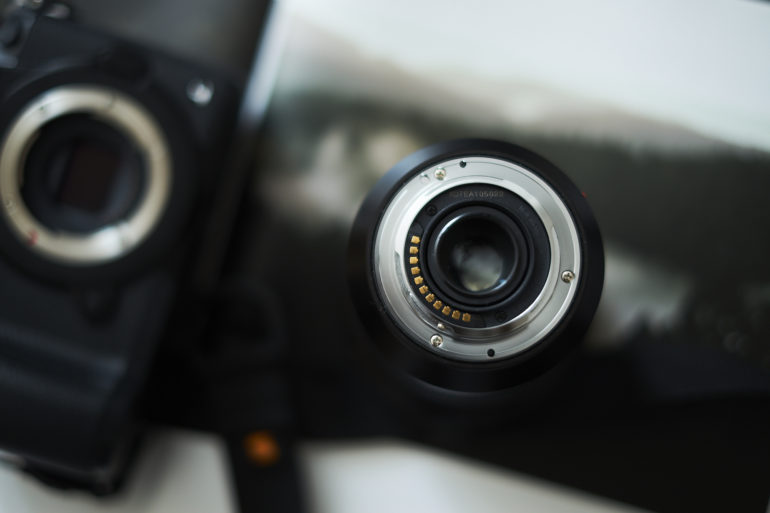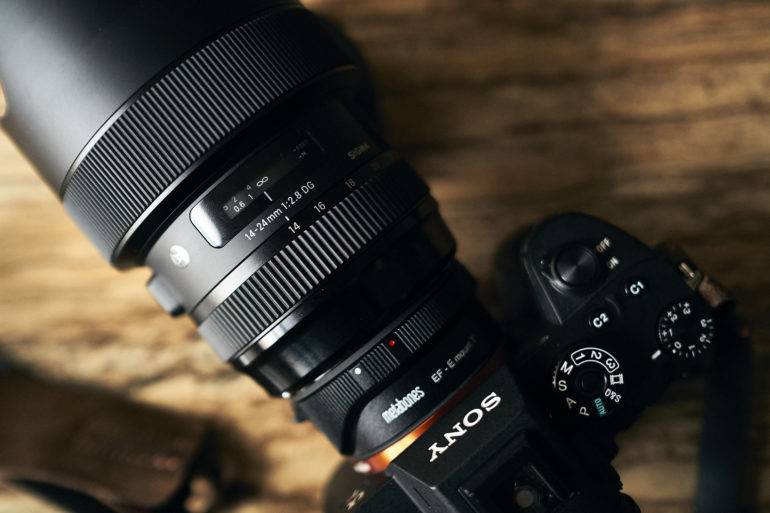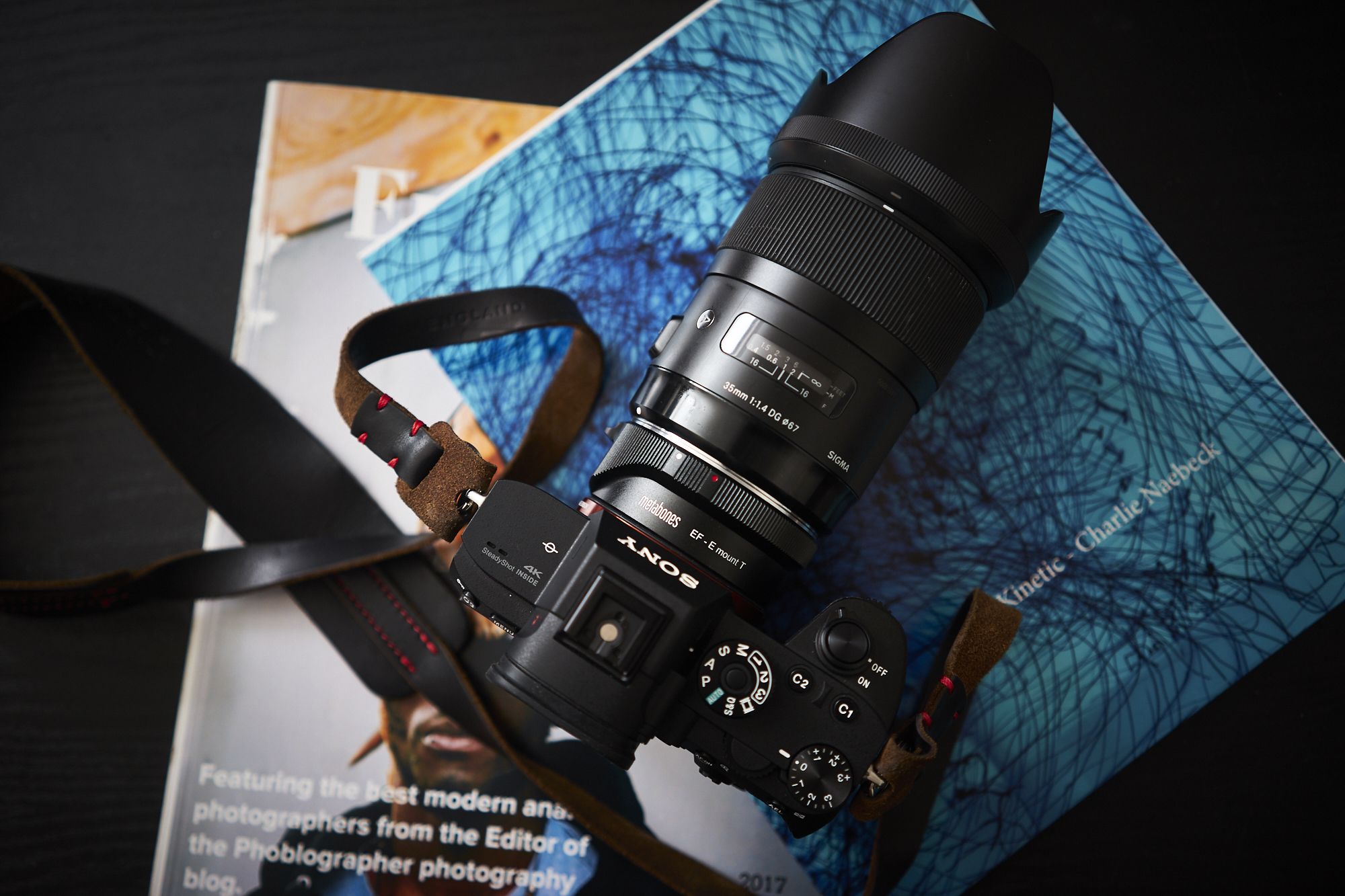Last Updated on 07/06/2018 by Mark Beckenbach
Sony cameras are now, finally, able to focus Canon lenses reasonably well thanks to adapters
We need to talk about something, something usually glossed over when people discuss switching to mirrorless and using DSLR lenses. The performance is simply not great; it is usable sure, but you can’t get the same performance out of DSLR lenses on mirrorless bodies that you are used to on your DSLR (nor that you would enjoy if you used native mirrorless lenses). There is a reason for this, and the reason is likely a lot different than you are thinking it is.
If I were to ask a room of you what the biggest factor preventing mirrorless cameras from utilizing DSLR lenses better is, many would likely assume it has to do with the proprietary communication languages these lenses use to communicate with their cameras. It is true, this is part of the problem; an adapter needs to be able to take Sony mirrorless commands and translate those into Canon AF commands that the lens can understand. But the real reason performance suffers so much is actually much deeper than that, and actually comes down to the design of the lenses themselves.

You see, the way mirrorless lenses and DSLR lenses are designed are fundamentally different and this causes a lot of the performance differences when trying to use DSLR lenses on mirrorless cameras. Back in the day, when DSLR lenses and the technologies used to power them were developed, AF was a really simple thing. The AF would tell the lens element where it needed to be, in one command, and the lenses AF motor would move the element there in one quick movement, point to point as fast as possible. Over the years AF got more advanced, but that fundamental trait of point to point movement remained at the core of DSLR AF lens design.
Mirrorless lenses are different; their AF motors are designed to be optimized for a steady stream of AF information coming in from the ‘always on’ imaging sensor. This means he AF commands are not coming in a ‘point to point’ format, but rather more like a real-time feed. This meant that the AF motors needed to be designed differently, to be constantly moving and adjusting the position of their elements in order to maintain focus across a frame utilizing information from both Phase Detection and Contrast Detection pixels on the imaging sensor.

So to recap, the AF motor of a DSLR lens is optimized for quick point to point movements but slows down when the points are changing rapidly (as they do on a mirrorless) due to not being optimized for that type of movement. Mirrorless lenses have AF motors that are designed to be constantly moving and adjusting based on changing information from the sensor.
This is why you will likely never have true 1:1 performance from a DSLR lens on a mirrorless camera body. It’s not something that can be adjusted with software or a lens firmware update; it is a hardware issue, and therefore it is not fixable.


